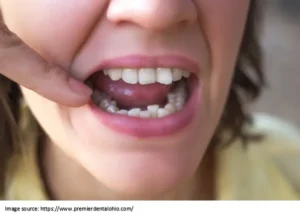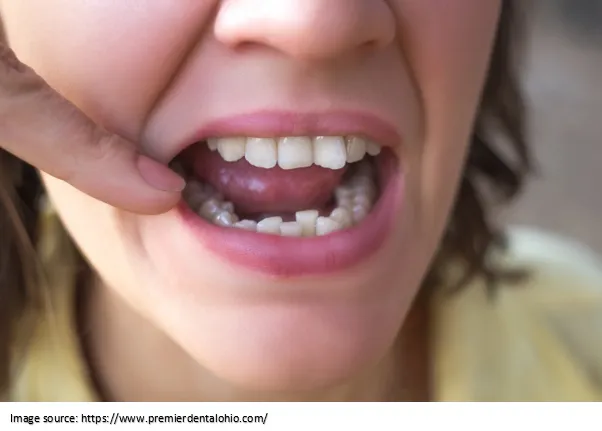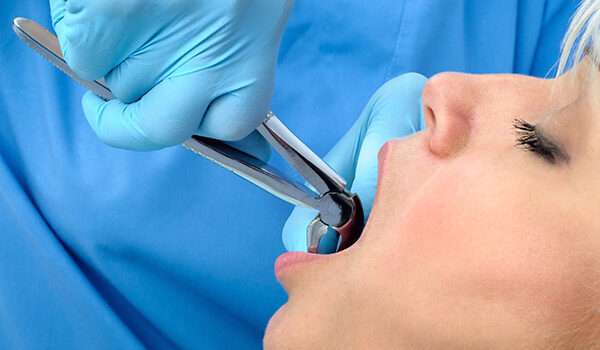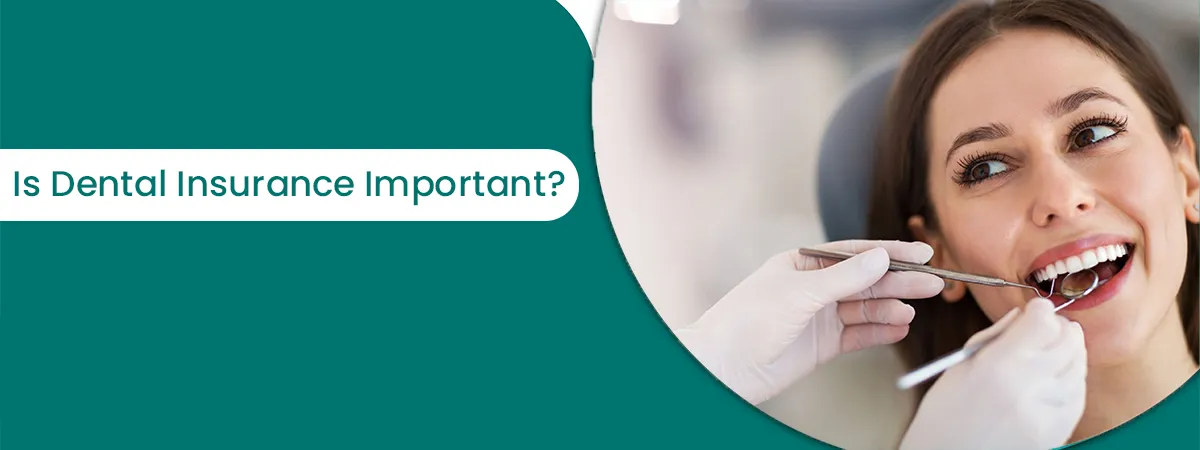It is mainly done on people whose teeth interfere with their ability to chew or speak.

In some cases, the misaligned teeth can cause issues with speech, health, etc.
By improving teeth’s shape, positioning, and functionality, teeth alignment or orthodontic treatment can resolve these problems. However, if you are unhappy with your crooked teeth look, you should seek treatment from a reputable dentist in Noida.
Orthodontists are dentists who specialize in orthodontic treatment. It is suggested that a patient consult an orthodontist when they need to improve the appearance and function of their misaligned teeth.
At Neo Dental Care, one of the best dental clinics in Noida, Dr. Suhrab Singh will ask about your symptoms, including any popping noises you hear when opening or closing your mouth and any discomfort you experience occasionally or while chewing.
Dr. Suhrab Singh is a well-qualified and skilled dentist in Noida with immense expertise in orthodontics. After studying your case, he can recommend the best suitable orthodontic treatment in Noida to overcome the issues caused by your misaligned or crooked teeth and enhance their look.
Please continue reading to learn the causes of crooked teeth, the health issues they can lead to, and the methods used to align them.
Causes of Crooked or Misaligned Teeth
Both the baby teeth and the permanent teeth can develop alignment issues. Baby teeth can sometimes become out of place because there isn’t enough gum tissue to fit into. Genetic and heredity problems are some other causes.
Some of the main reasons for misaligned teeth are listed below
Size of Jaw
Nowadays, almost everyone chooses a modern diet, which typically includes more soft and processed foods. Compared to the foods our ancestors consumed, these foods require less chewing.
The shift in the food cycle is what causes the jaw’s overall size to change. The jaws have shrunk as a result. Some studies revealed that one of the causes of misaligned, crowded, or crooked teeth is that the jaw has evolved and become shorter.
Malocclusion or Misaligned Jaw
The way our mouth is developed, the upper teeth overlap the lower ones. The upper molars can fit into the grooves on the lower molars. Malocclusion occurs if this alignment is unsuccessful in establishing.
Overbites and underbites are linked to frequent tooth alignment problems. Poor myofunction habits can also result in malocclusion problems.
Poor Myofunction Practice
Myofunction habits are the term used to describe people’s repetitive behaviors. It impacts the functioning of the facial or oral muscles.
It includes the following:
- Use of a bottle or pacifier
- Sucking of the thumb
- Mouth respiration
- Tongue thrusting
- Poor Oral Care and Nutrition
Tooth decay, insufficient tooth development, and misaligned teeth are all effects of poor nutrition. Children who do not consume enough healthy diets are particularly susceptible.
Everyone should visit the dentist for an annual oral examination. People who do not go to the dentist at least once a year may covertly develop several oral health issues.
The mouth can develop several problems that lead to cavities, gum disease, and other issues. Many people may have misaligned teeth as a result of these problems.
Problems Caused by Crooked or Misaligned Teeth
Sometimes, having misaligned teeth can lower your quality of life. For instance, having crooked teeth may cause difficulties in chewing, making eating painful.
Some individuals may also stop smiling or avoid social gatherings because they are self-conscious about their crooked teeth.
In addition to these health issues, crooked teeth may also result in:
Periodontal or Gum disease
Cleaning in between crooked teeth can be challenging. It may lead to gum disease and tooth decay.
Periodontitis, a more severe infection that can harm bones and teeth, can develop from gum disease if it is not treated.
Excessive wear and tear
Crooked teeth can result in cracked teeth, Temporomandibular joint disorder, jaw strain, and persistent headaches due to the excessive wear and tear on the teeth, gums, and jaw muscles.
Digestion and Chewing problems
Improper chewing due to crooked teeth may result in digestive issues.
Difficulty in speaking
Speech issues can result from misaligned teeth because they affect how you articulate sound.
Treatment Options for Misaligned Teeth
Treatment options for crooked teeth may include orthodontics and/or surgery. Braces are one of the best ways to fix crooked teeth. Depending on the problems caused by the braces and other factors, it may take two to three years to show results. Surgery to straighten your teeth is another excellent choice. Results are typically obtained in less time.
Below, we have listed different types of braces and dental surgery that can help treat crooked teeth:
Metal Braces
Bands, flexible wire, and brackets are used to secure the metal braces to the teeth firmly. Metal braces are an option for those with more complicated dental alignment issues.
Sometimes headgear is also required in place of fixed braces. It is used at night. The latest metal braces are more comfortable and have smaller brackets and metal components.
Lingual Braces
The lingual surface refers to the area on the sides of the teeth that are exposed to the tongue. In many ways, lingual braces look similar to metal braces. However, they do not connect to the back sides of the teeth.
Not everyone is advised to use it. For teeth that are severely out of alignment or crooked, the dentist does not recommend it. Usually, it is harder to clean and takes longer to show results.
Ceramic Braces
It is a tooth-colored or clear brace. Compared to metal brackets, ceramic braces and their arch wires are less noticeable. Ceramic braces straighten teeth in a similar way to metal braces. These braces are more susceptible to stains and can break more easily when used in conjunction with the others.
Invisible Braces
Dentists often recommend adults and teenagers the nearly unnoticeable invisible braces. It is shaped to fit over every tooth, much like a mouth guard. Twice a month, they are taken out and replaced.
Teeth-Alignment Surgery
Teeth straightening surgery is among the best methods for treating crooked teeth. To achieve the desired outcomes, less time is needed. To help the teeth realign themselves, the orthodontist often suggests performing minor bone and gum surgery.
It is mainly done on people whose teeth interfere with their ability to chew or speak.
Treatment for crooked teeth is not necessary until they start to affect your health or cause other problems. The way to handle crooked teeth is up to you. Schedule a consultation with an experienced dentist in Noida to achieve the best results if you consider teeth alignment treatment.
FAQs
Teeth may shift slightly over time due to factors like age and natural growth, but significant realignment typically requires orthodontic intervention such as braces or clear aligners. Natural realignment is limited and may not correct more complex issues.
Yes, misaligned teeth can impact speech by causing difficulties in pronouncing certain sounds, affecting clarity and articulation. Orthodontic treatment can often help improve speech by addressing the underlying alignment issues.
Orthodontic treatment for misaligned teeth is typically most effective when started during adolescence, around 12 to 14 years old, but it can be undertaken at any age, including adulthood, with successful outcomes. Early intervention can prevent potential complications and achieve optimal results.




